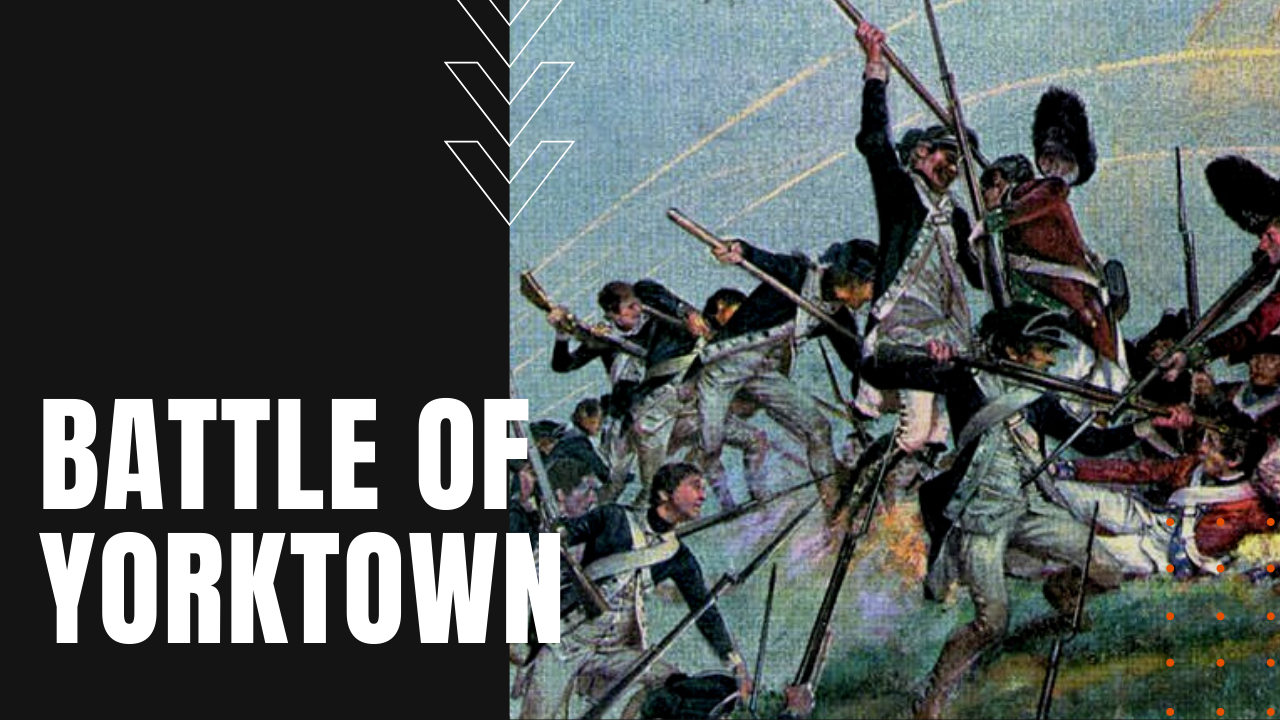Battle of Yorktown: Hamilton Charges, Cornwallis Surrenders

In the summer of 1780, French General Comte de Rochambeau landed at Newport, Rhode Island with 5,500 troops under his command, intent on routing Britains two-front war against the patriots.
Washington Bluffs British
With more French troops on the way, Washington and Rochambeau planned a timed attack on British General Henry Clinton’s New York City encampment, but when the French reinforcements instead sailed to the Chesapeake Bay, Washington created a bluff encampment of Continental troops near New York City, replete with huge brick ovens, which created the illusion that the patriots were preparing for a long and drawn-out stay.
To further his bluff, Washington drafted false papers about his planned attack on Clinton’s positions, intentionally letting the papers fall into British hands. Instead, the combined French and American forces snuck off to Williamsburg, Virginia by mid-September 1781, closing on British General Charles Cornwallis’ fortified positions at the tobacco port of Yorktown, some 13 miles away.
Washington and Rochambeau ordered their men to dig defensive trench lines 800 yards from Cornwallis’ redoubts, beginning a week-long artillery assault on October the 9th, which knocked out most of Britain’s guns. After Clinton’s reinforcements were delayed after their dispatch from New York, Washington ordered the construction of a new parallel trench line 400 yards closer to the British, setting the stage for the Siege of Yorktown.
Siege of Yorktown
After nightfall on October 14th, the allies shot flares into the night sky, lighting the way for the siege to come. With Alexander Hamilton leading the charge of a 400-man fighting force, Hamilton and his men charged forth from their trenches, sprinting toward the British with fixed bayonets only.
For the sake of stealth, surprise and soldierly pride, the charging line left their ammunition behind, choosing instead to engage the enemy in hand-to-hand combat. Despite heavy incoming fire, the allies erupted in war whoops, which temporarily disoriented the British in an overwhelming siege that was over within less than 10 minutes.
Hamilton lost just 9 men in the siege, with another 30 wounded, while a 400-man French-led detachment saw 27 deaths and over 109 wounded. Hopelessly surrounded and trapped, Cornwallis staged a nighttime ocean evacuation, which was thwarted by a raging storm, and on the morning of October 17th, Cornwallis sent out a red-coated drummer boy, followed by an officer waving a white handkerchief, leading to the surrender of Cornwallis’ 9,000-man fighting force.
Two years later, on September 3rd, 1783, the Revolutionary War officially ended upon the signing of the Treaty of Paris.
